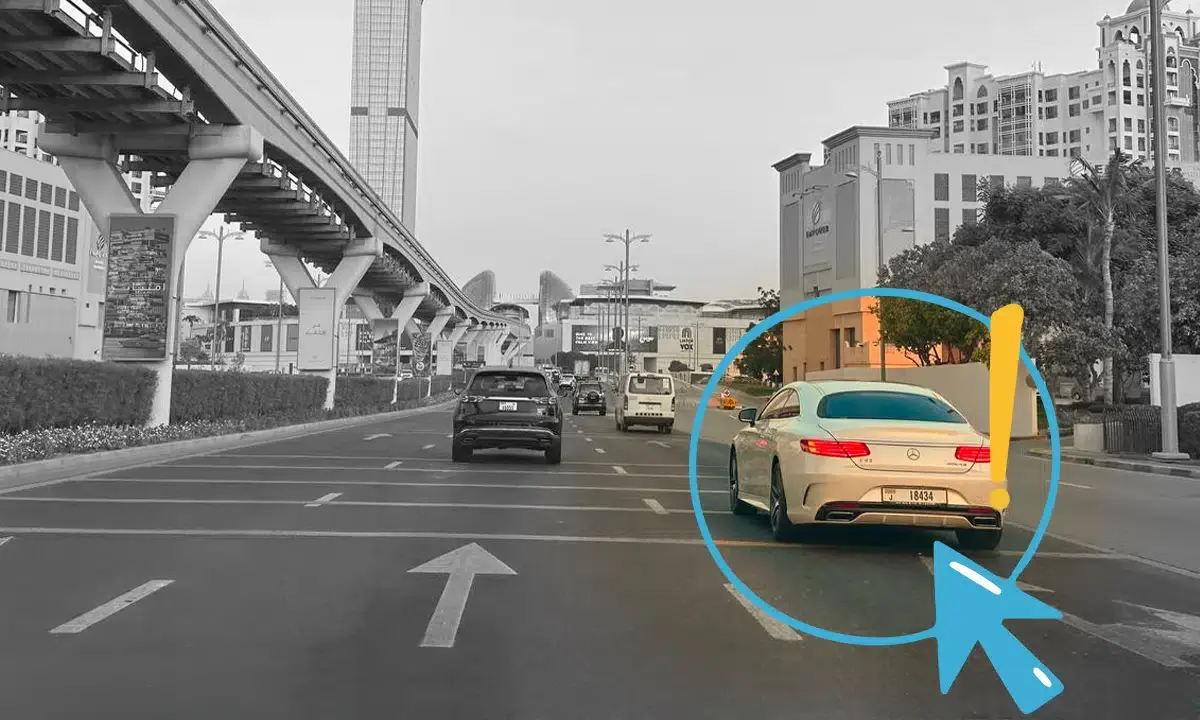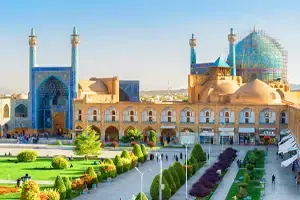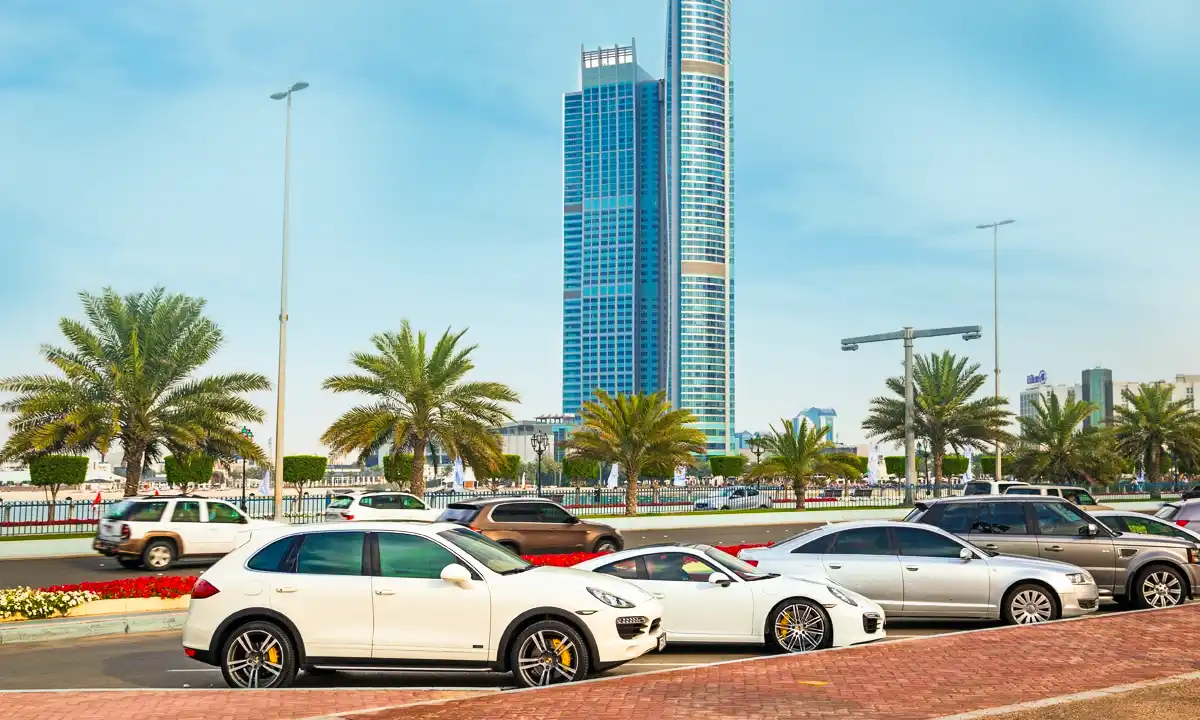Embarking on the best road trip in the UAE is a unique adventure, offering a blend of stunning landscapes and rich cultural experiences. From the towering dunes of the Rub al Khali desert to the rugged peaks of the Hajar Mountains, the UAE’s diverse scenery provides the perfect backdrop for an unforgettable journey. In this guide, we’ll explore essential preparation tips, top road trip destinations, cultural and historical stops, natural wonders, culinary delights, accommodation options, road safety regulations, and sustainable travel practices. Whether you’re a local or a visitor, this comprehensive guide will help you plan the perfect UAE road trip.
Preparation for the Road Trip
Top Road Trip Destinations
a. Abu Dhabi to Al Ain




Cultural and Historical Stops
Sheikh Zayed Grand Mosque in Abu Dhabi


Natural Wonders and Outdoor Activities
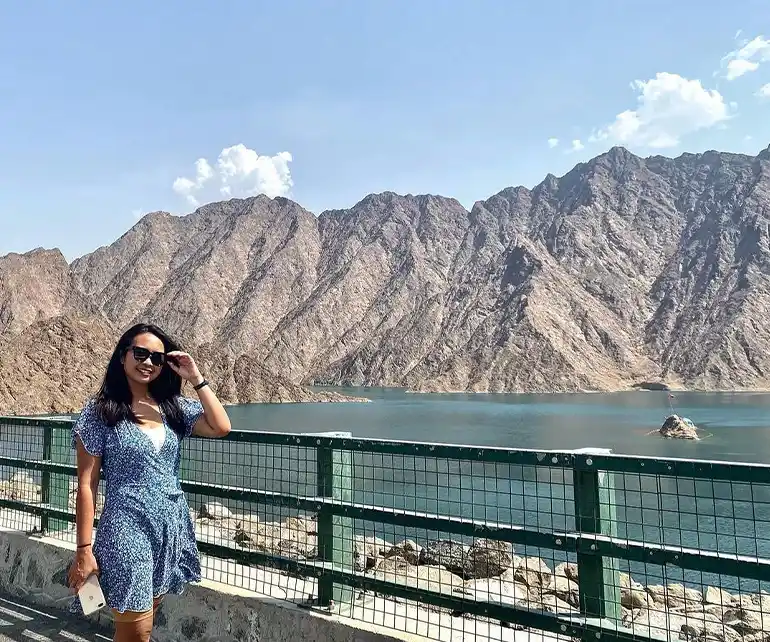
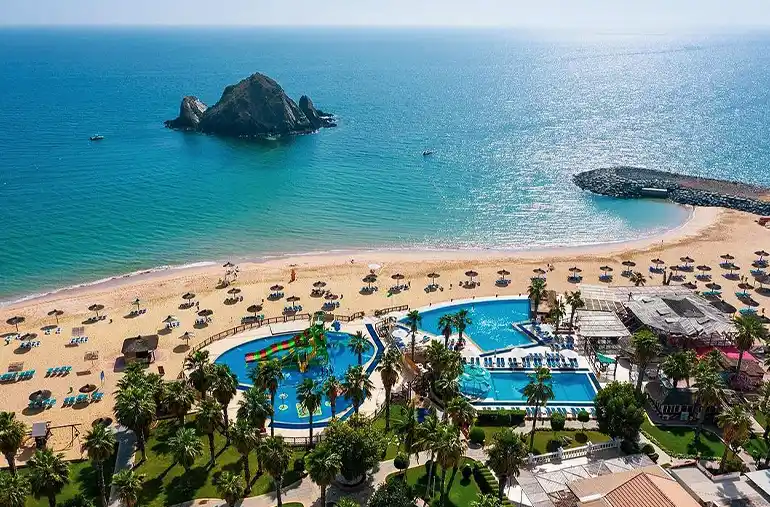

Culinary Delights Along the Way
Accommodation Options
Road Safety and Regulations
- Desert: When driving in desert areas, ensure your vehicle is suitable for off-road conditions. Lower your tire pressure to improve traction in the sand, carry recovery equipment, and travel in groups if possible. Be aware of the heat and bring ample water and supplies.
- Mountains: In mountainous regions like Jebel Jais, drive cautiously around sharp bends and steep inclines. Ensure your brakes are in good condition and use lower gears to control your speed on descents. Watch out for falling rocks and be prepared for sudden changes in weather.
- Cities: Urban driving in cities like Dubai and Abu Dhabi requires attention to heavy traffic and fast-moving vehicles. Use indicators well in advance, be cautious at roundabouts, and always follow lane discipline. Parking can be challenging, so familiarize yourself with parking regulations and available parking areas.
Sustainability and Responsible Travel
- Plan Efficient Routes: Use GPS and mapping apps to plan the most fuel-efficient routes, reducing unnecessary driving and emissions.
- Carpooling: If traveling with friends or family, carpooling can significantly reduce the number of vehicles on the road and lower overall emissions.
- Eco-Friendly Vehicles: Consider renting hybrid or electric vehicles, which have lower environmental impacts compared to traditional gasoline-powered cars.
- Limit Plastic Use: Bring reusable water bottles, utensils, and shopping bags to minimize plastic waste. Refill water bottles at hotels or rest stops.
- Leave No Trace: Always clean up after yourself, dispose of waste properly, and avoid disturbing natural habitats. Stick to designated paths and camping areas to protect the environment.
- Dress Modestly: In public places, especially in rural areas and religious sites, dress modestly to respect local customs. For women, this often means covering shoulders and knees.
- Observe Local Etiquette: Learn basic phrases in Arabic, such as greetings and thank-yous, to show respect. Be mindful of local customs, such as removing shoes before entering homes or mosques.
- Respect Religious Practices: During the holy month of Ramadan, avoid eating, drinking, or smoking in public during daylight hours. Respect prayer times and the privacy of worshippers.
- Photographic Etiquette: Always ask for permission before taking photos of people, especially in more conservative areas or of government and military buildings.
- Buy Local: Support local artisans, farmers, and vendors by purchasing souvenirs, food, and other products directly from them. This helps boost the local economy and ensures you’re getting authentic items.
- Stay at Eco-Friendly Accommodations: Choose hotels and resorts that have sustainable practices, such as energy conservation, waste reduction, and water-saving measures.
- Eat at Local Restaurants: Dining at local restaurants not only offers a taste of authentic cuisine but also supports small businesses and reduces the carbon footprint associated with large-scale food production.
- Participate in Eco-Tourism Activities: Engage in activities that promote conservation and awareness, such as wildlife tours, nature hikes, and cultural tours led by local guides. These activities often have minimal environmental impact and provide educational value.
Last Word
In conclusion, road trips in the UAE offer a blend of stunning landscapes, rich cultural experiences, and diverse outdoor activities. From the lush Al Ain Oasis to the towering Jebel Jais, the serene Hatta Dam to the expansive Rub’ al Khali desert, each destination provides unique experiences that highlight the beauty and heritage of the UAE. Prepare well, respect local customs, and embrace sustainable practices to make the most of your journey. So pack your bags, hit the road, and enjoy the incredible adventures that await you in the UAE.
FAQs
Yes, if you are a tourist, you need an IDP along with your home country’s driving license.
Speed limits vary: urban areas (40-60 km/h), highways (100-120 km/h), and some roads allow up to 140 km/h.
Essentials include a first-aid kit, water, snacks, a spare tire, tools, sun protection, maps or GPS, and a phone charger.
Yes, major highways like Sheikh Zayed Road in Dubai have tolls, payable via the Salik system.
Yes, but ensure your vehicle is suitable for off-road driving, carry recovery equipment, and travel in groups if possible.
The cooler months from October to April are ideal for road trips to avoid the extreme summer heat.
Yes, there are designated camping areas in places like Liwa Oasis and Hatta. Always follow safety guidelines.



